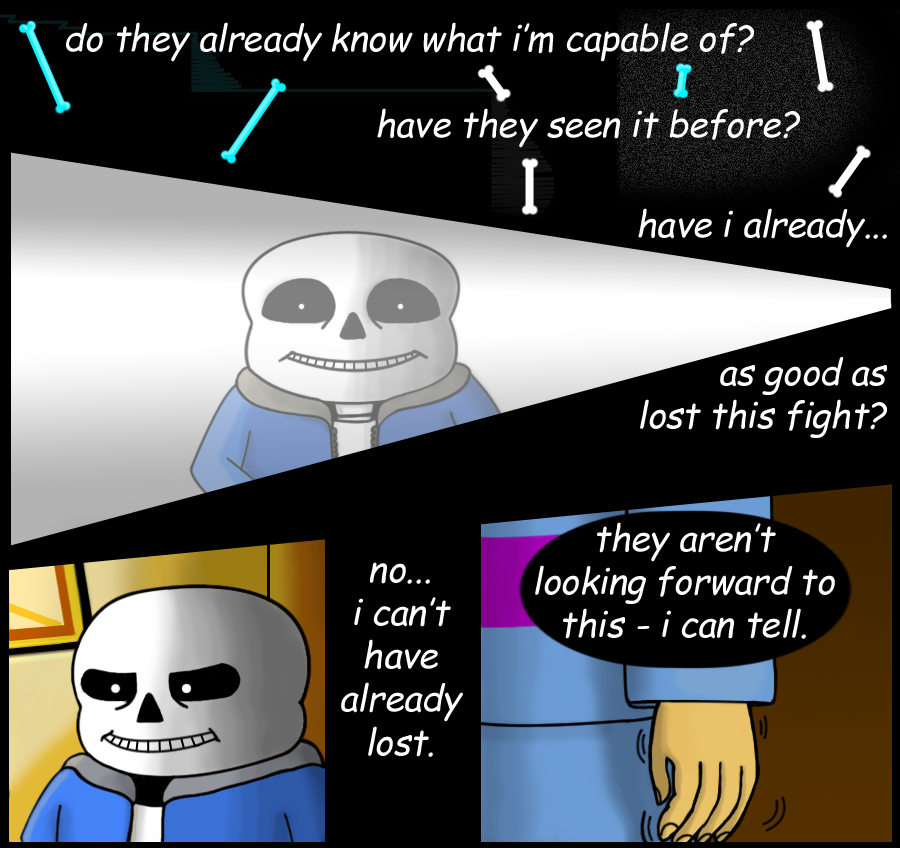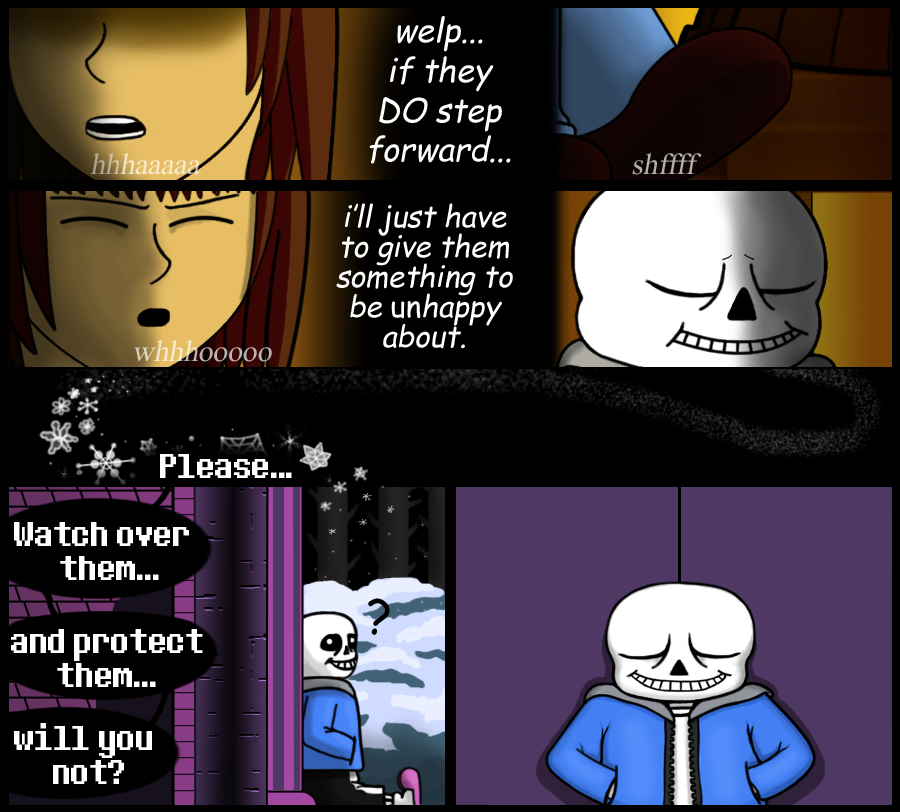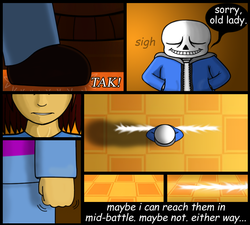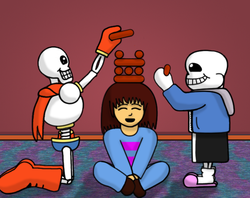
Both of these options have their merits. As I noted in a previous blog post, creating an outline first helps to keep the plot more coherent, avoid plot holes, and stop writer's block before it starts.
But many writers probably share the same fear I had before I started to embrace outlining: what if the outline stifles my creativity? What if I lose the spontaneity that I need to write the characters naturally, and to let the characters be themselves?
One of the best feelings in writing is when your own story pleasantly surprises you, and not everyone is willing to sacrifice that feeling on the altar of a strict outline. I know I'm not.
That's why I've started to use a hybrid of the two approaches.
If you want to have the clarity and coherence of an outline, while keeping the spontaneity that "pantsing" provides, maybe you'll find it helpful to see how I combine outlining with flying by the seat of my pants.
I start by pantsing the outline.
Usually, when I first start planning out my book, I have a few key scenes that need to be connected, and a few elements I want to include. At this stage, my primary challenge is stringing them together into a plot and justifying their existence.
As I commented in one of my other blog posts, it's kind of like a game of connect-the-dots, where the dots are the parts of my story I know about, and I need to figure out the lines between them.
This is one of the biggest areas where I fly by the seat of my pants. I start with the scenes that I know will happen, and write as much of them as I can, just letting it flow.
In this stage, I don't worry about good grammar, coherency, or even making sure that the whole scene is there.
Sometimes, for example, I know that the characters have to do something in order to enable the next scene, but I'm not sure how they'll do it or what will motivate them to do it. So I write as much of the scene as I can, make a note that says something like "then they do X", and then I continue writing the parts I'm already clear on.
The goal here is to get as much of the information in my head into the document as possible, so I don't lose any of it like I've lost many good scenes in the past.
If I kind of like a phrase or event, but I'm not sure whether it will fit in properly, is really in-character, or is the best and most poignant thing that could happen at that point, I put a (?) next to it to indicate that it's especially fluid.
And if a segment is definitely necessary for a future scene, and its absence would make a later moment or plot point fail to make sense, I make a note about where it will come into play in the future. That way, I know that I absolutely cannot omit it, unless I replace it with a functional equivalent.
In this stage, I don't force myself to write parts of the book I don't know about.
If the characters need to end up in a place or situation, but I'm not sure how, I just write a quick note to figure it out later, and sometimes jot down a couple ideas that I may or may not use.
Next, I flesh out the outline.
One nice thing about having an outline is, it lets you have a bird's-eye view of the whole story. You can see how each moment leads to the others, without having to scroll through hundreds of pages of first draft in order to see them all.
This helps you to locate missing scenes or plot holes, like a character accidentally teleporting from one place to another, an injury disappearing, or Chekhov's gun being fired without any prior indication that it existed.
Once again, I don't force myself to write scenes where I don't know what will happen.
I just make some quick notes about what needs to happen in these empty spaces for the scenes that follow them to exist, or about effects of previous scenes that need to be explored.
I also make notes about possible scenes, subplots and plot threads that I might add in later, with comments like "need to do X to make Y happen" or "maybe do Z".
On the other end of the spectrum, if a fully fleshed-out scene forms itself in my mind, even if it occurs in act three and I haven't started writing act one yet, I'll write it in full. As mentioned above, I've lost too many great scenes by waiting until I got to the point in the book at which they occur.
So if you have a really good scene in mind, I suggest getting it written, and then putting it into the document wherever it fits best.
Then I start writing from the beginning.
Now that I know which events need to happen in order to create the scenes I know I want, and the scenes that were already formed in my head are safely stored in my computer, I start writing the story from the beginning.
The fleshed-out story and the notes are in the same document, with the notes below the story. At this point, I usually have at least a few quick comments about almost every scene, and I can easily glance between the scene I'm writing and my notes about it.
As I write the fleshed-out scene, I delete the parts of the notes that were relevant to it, paragraph by paragraph. That way, I don't have to muck through the stuff I've already covered in order to get to the parts I still need to read.
If you're worried that this will kill spontaneity, take heart: at this point, I'm still more or less pantsing. Unless I already pantsed this scene into nearly full fruition when I was first writing it out, I basically just let it flow, while making sure that the important bits get added in.
For example, even if a conversation was already largely written, if a character decides they have something new to say that wasn't in the original outline, I let them say it.
Then, after they've added that new dimension to the conversation, I find a way to bring the topic back around to the things that I already knew needed to be said.
That way, I'm not ignoring new flashes of creativity and inspiration in favor of shackling myself to an outline, but I'm also not leaving out vital information because the seat of my pants forgot to fly me in its general direction.
Will this method work for everyone?
As you probably could have guessed, the answer to that is a definite "maybe".
The creative process is a very personal, subjective thing. What works for one person won't necessarily work for everyone.
But if your personal style is enough like mine, then hopefully this blog post helped you to understand your own process more, or to refine your process into a form that's easier to use.
Are you an outliner, or a "pantser"?
Did this article help you to refine your process, or discover a process that works for you?
I look forward to your comments!











 RSS Feed
RSS Feed